Over the years, Colliers has seen the proliferation of more office and residential hubs outside Metro Manila. In our view, this bodes well for the Philippine economy as more economic centers rise. This means that economic development also spreads outside of Metro Manila and also indicates that property sector growth is broad-based and not just focused on a single location.
Colliers believes that this pace of progress has been facilitated by an improving infrastructure and overall local government competitiveness, as measured by economic dynamism, innovation, quality of manpower, resiliency, among other factors.
Major property firms are expanding their options as they see a strong revival of the country’s property market post-COVID-19.
Undeniably, Metro Manila remains a major investment destination, but developers are setting their sights on other urban areas. In our view, this decentralization thrust is likely to be supported by the continued implementation of public projects outside Metro Manila. These include airports, bus rapid transits, cargo and passenger railways, etc.
Overall, the country’s infrastructure push should guide the expansion plans of developers across the country.
The infrastructure projects implemented by previous administrations have dictated developer strategies.
The implementation of key infrastructure projects nationwide has provided access to properties that could be redeveloped into mixed commercial, residential, hotel/leisure and industrial estates.
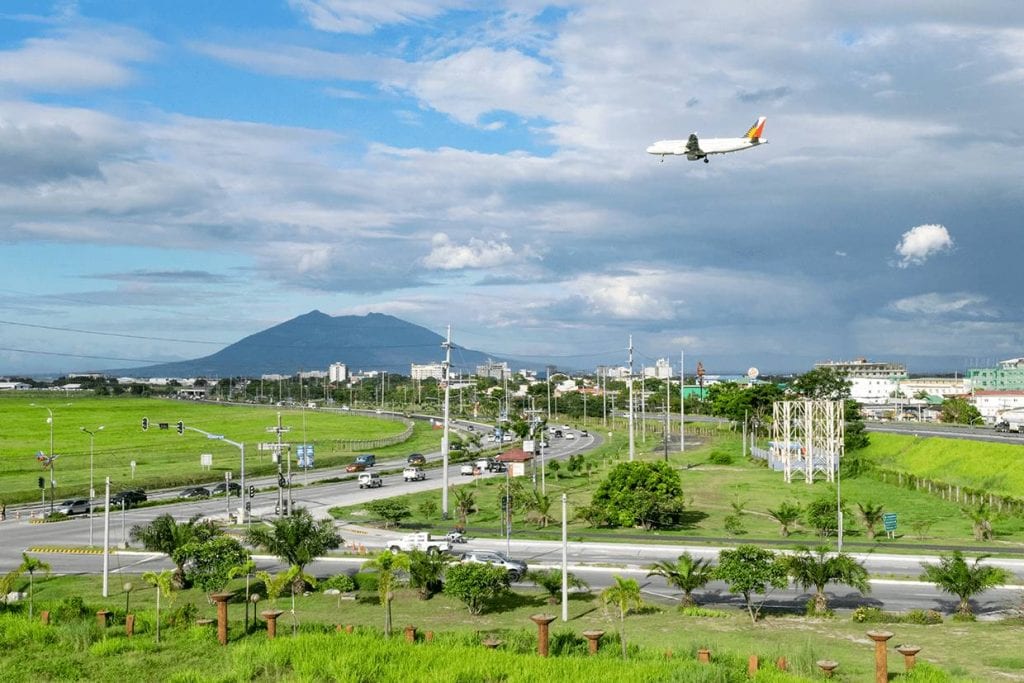
These projects also helped the government bring economic opportunities in areas outside the country’s capital. Due to road projects, for instance, business opportunities have spilled over to nearby areas such as Cavite, Laguna, Bulacan, Tarlac, and Pampanga in Luzon. In the Visayas region, Cebu remains the primary property investment hub, but other locations are starting to catch up with the likes of Iloilo and Bacolod cornering substantial investments from national and homegrown developers. In Mindanao, Davao remains the most attractive property investment destination.
Overall, Colliers Philippines believes that developers will continue to venture into residential projects in second-tier and third-tier cities all over the country, where demand comes from end-user buyers. The markets may be smaller compared to Metro Manila but more stable in terms of end-user housing demand.
With a thriving property landscape post-COVID-19, Colliers also projects the development of offices, malls, hotels, and industrial parks outside of the capital region.
Moving forward, we see local government units competing for more investments and this competitive landscape should result in a more diverse Philippine property market, eventually benefiting investors and end-users.
Post-Pandemic Ceboom
Cebu remains as one of the most attractive and largest residential hubs outside of Metro Manila. The launch of higher-priced condominium units outside of Cebu City such as Mandaue also indicates national property firms’ confidence in Cebuano investors’ purchasing power and rising affluence.
Colliers is starting to see a proliferation of upscale to luxury condominium units in major residential hubs outside Metro Manila, especially Metro Cebu. In our view, demand for these projects will partly be sustained by the recovery of the tourism sector which should propel the renewed interest for leisure-oriented properties.
Cebu’s improving infrastructure also plays an important role in retaining the locale’s stature as a residential investment destination. The recently-completed Cebu–Cordova Link Expressway (CCLEX) should raise the attractiveness of fringe locations such as Talisay, Liloan and Consolacion for residential developments. Other upcoming infrastructure projects include the Metro Cebu Expressway and Cebu Bus Rapid Transit, which are both due for completion in 2025.
Davao: Mindanao’s Major Property Hub
Colliers Philippines believes that the entry of national players in Davao has paved the way for substantial development of integrated communities. Hence, developers should continue with their landbanking initiatives and capitalize on the city’s improving infrastructure backbone.
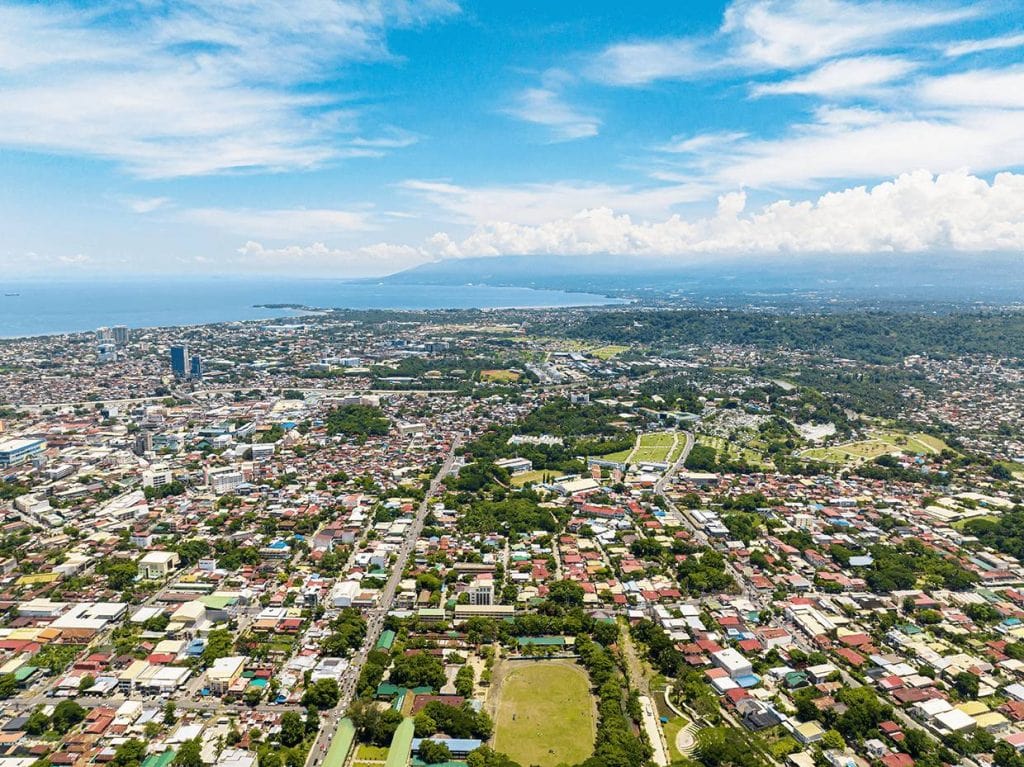
The national government has lined up vital infrastructure projects in the city which, once completed, should further solidify the city’s attractiveness as a residential investment hub. These include the Davao Coastal Road, Davao City Bypass and the expansion of the Davao Airport.
Residential developers should further test the market and even diversify, especially with the rising viability of upscale and luxury projects amongst investors and end-users. In our view, Davao’s competitiveness and stature as an outsourcing hub in Mindanao, backed by regional economic growth, should retain the city’s attractiveness for more residential projects.
Bacolod: A property sweet spot
Bacolod City is attracting national players and we see this resulting in the development of more townships and a further expansion of the city’s residential stock. The entry of national developers is also raising prices of vertical projects, indicative of property firms’ confidence in the purchasing power of Bacolod city’s investors and end users.
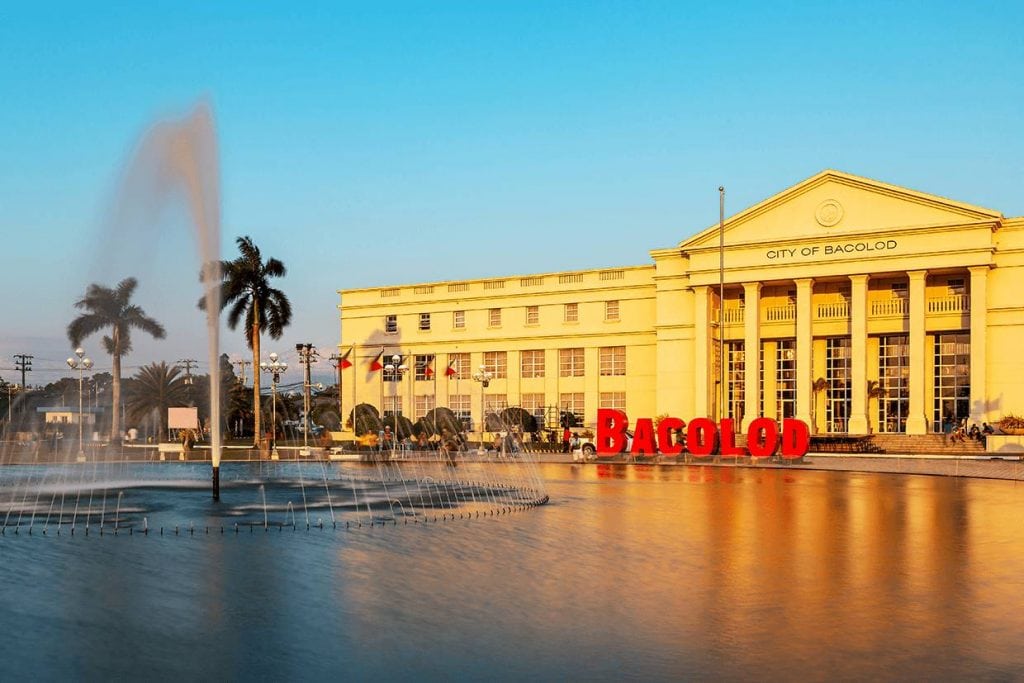
Developers should further assess Bacolod market’s reception for luxury projects, especially in light of newly-launched residential towers by national developers. In our view, property firms are likely to further test the upscale and luxury segments over the next 12 to 24 months. Colliers believes that residential demand will also be supported by the development of integrated communities in the city. Bacolod should also benefit from the upcoming Panay-Guimaras-Negros Link Bridge. Construction for the project will begin in 2025.
Iloilo Rising
Iloilo’s thriving business landscape is partly buoyed by a continuously expanding outsourcing sector which continues to attract national developers to launch more residential projects in the city. While residential condominium developments are concentrated in Mandurriao, Iloilo’s main business district, some developers are beginning to explore other districts in the city ripe for upscale and luxury residential developments. We encourage national players to take advantage of the city’s growing investor and end user market.
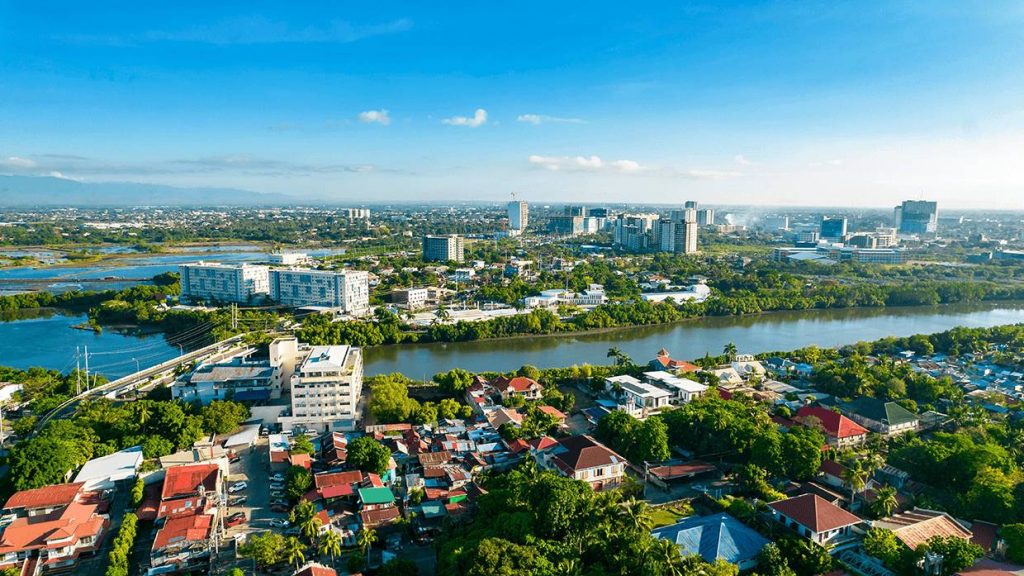
Developers should also maximize their projects’ proximity to infrastructure. Major public projects in the city include the Ungka II Flyover which will traverse Pavia, Hibao-an and Buhang. The flyover is expected to reduce travel time from Iloilo City to Iloilo International Airport from 45 minutes to 20 minutes. The flyover is set to be completed in 2025.
Iloilo is one of the most competitive cities in the Philippines backed by skilled workforce and quality infrastructure backbone. Hence, we see Iloilo attracting major local and foreign investments in the near to medium term.
Bulacan ready for take off
Colliers believes that Bulacan will remain a viable residential investment option given its proximity to Metro Manila. In our view, the completion of the Metro Rail Transit-7 (MRT-7) and New Manila International Airport should strengthen Bulacan’s stature as a major residential hub outside the capital region and in Central Luzon. The MRT-7 is now 58 percent complete and is expected to be operational by 2025. The railway project seeks to reduce travel time from San Jose del Monte, Bulacan to North Avenue, Quezon City from three hours to 35 minutes and can accommodate up to 800,000 commuters daily. The New Manila International Airport, which is due for completion in 2027, should help decongest the Ninoy Aquino International Airport (NAIA).
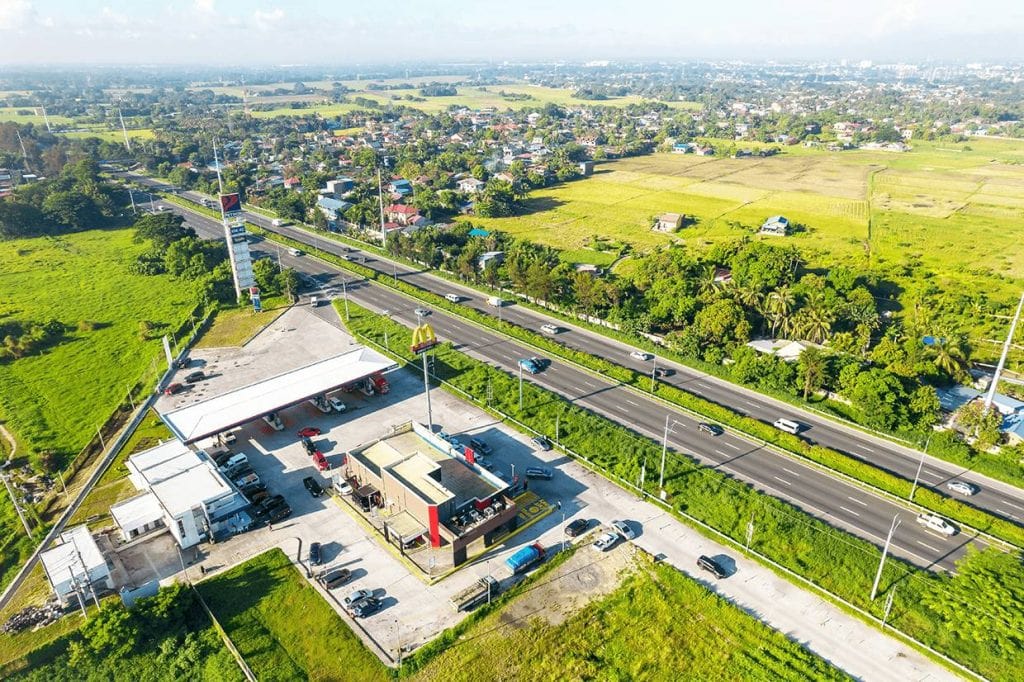
Colliers sees more aggressive landbanking initiatives in Bulacan as developers take advantage of the locale’s major public projects due to be completed over the next two to four years. This should set the stage for greater acquisition of parcels of developable land in the province and the eventual launch and development of more master planned communities.
Pampanga: A Resplendent Property Hub
Colliers believes that Pampanga is ripe for more luxury projects especially for the affluent market based in Angeles City and San Fernando. The development of more townships and infrastructure projects will likely further raise the attractiveness of luxury developments in Pampanga. The completion of big-ticket infrastructure projects in the next 12 to 36 months such as the NLEX-SLEX connector, Central Luzon Link Expressway (CLLEX), and Manila Clark Railway should also partly lift land values and property prices in the province.
Colliers believes that Pampanga is ripe for more industrial park developments given the presence of the newly-modernized and expanded Clark Airport.
We see Pampanga retaining its stature as one of the most competitive and attractive property development sites in north and central Luzon. National developers have expansive projects in the province. Colliers sees more aggressive development outside of key areas such as Angeles, San Fernando, Mabalacat, and Porac. The province also continues to attract foreign firms planning to develop horizontal residential projects catering to a growing end-user market.
Tarlac Carving its own mark
In our opinion, the development of New Clark City (NCC) in Capas will likely spur business opportunities in Tarlac. The NCC is being primed to be one of the major business districts north of Metro Manila.
Tarlac’s property landscape should also benefit from the completion of the Central Luzon Link Expressway (CLLEX). The 35.7-kilometre (22.2-mi) road project will connect Tarlac City to San Jose, Nueva Ecija. The project is scheduled to be completed in 2023.
Colliers believes that Tarlac will remain a key hub for more integrated communities north of Metro Manila. We see more aggressive and strategic partnerships between national developers and homegrown firms.
Cavite: A Competitive Hub in the South
In our view, Cavite’s improving connectivity to Metro Manila as well as the aggressive launch of mixed-use communities should raise land and property values in the province and this is likely to compel developers to launch more upscale and luxury residential units.
In our opinion, the completion of the LRT-1 Cavite Extension should boost residential developments in the province. Once fully operational, the LRT-1 Cavite Extension is expected to cut travel time between Baclaran and Bacoor to 25 minutes from the current one hour and 10 minutes. The extension will also increase LRT-1’s capacity from 500,000 to 800,000 passengers daily. The first phase of the project is now 75 percent complete.
Residential demand should also be supported by the further expansion of industrial activities in Cavite. Industrial take-up in Cavite is heavily driven by manufacturing companies particularly engaged in automotive, semiconductors and packaging. The continued development of infrastructure projects around Cavite and stable inflow of industrial investments should raise residential land and property values in the province.
Laguna lures more investments
Colliers believes that Laguna remains an attractive option among investors and end users who plan to live and invest in less dense communities, especially given its proximity to Metro Manila.
We see the entry of national players further raising average condominium prices in Laguna. We are likely to see more developers further testing Laguna’s market for more upscale and luxury projects, especially with the presence of leisure-oriented estates in the province. The growing residential demand in the region should be supported by the completion of major infrastructure projects such as the North-South Commuter Railway, NLEX-SLEX Connector Road and Cavite-Laguna Expressway (CALAX).
Industrial players continue to gravitate toward Laguna due to the presence of expansive industrial parks and integrated communities and stand-alone residential projects, including an ample supply of houses and lots (H&L). Laguna also continues to be preferred by e-commerce and logistics firms due to its convenience and accessibility as the majority of industrial parks in the province are located near the South Luzon Expressway (SLEX).
Batangas: Primed for more property developers
Batangas already benefits from improved access to Metro Manila due to existing expressways that also pass through Cavite and Laguna. But the interconnectivity should further be enhanced by the completion of Southern Luzon Expressway Toll Road 4 (SLEX-TR4) likely to ease movement of people and goods within the Southern Luzon region. The proposed Southern Luzon line of the North-South Railway Project is planned to cover Calamba in Laguna and Batangas City in Batangas. Colliers believes that these projects are likely to further fuel the revival of industrial park development in the south, particularly in the areas of Sto.Tomas, Malvar and Tanauan in Batangas.
Colliers sees the development of more leisure-oriented master planned communities in Batangas once these infrastructure projects become online. Developers are likely to tap into the demand by launching more House and Lot and Lot Only projects.
